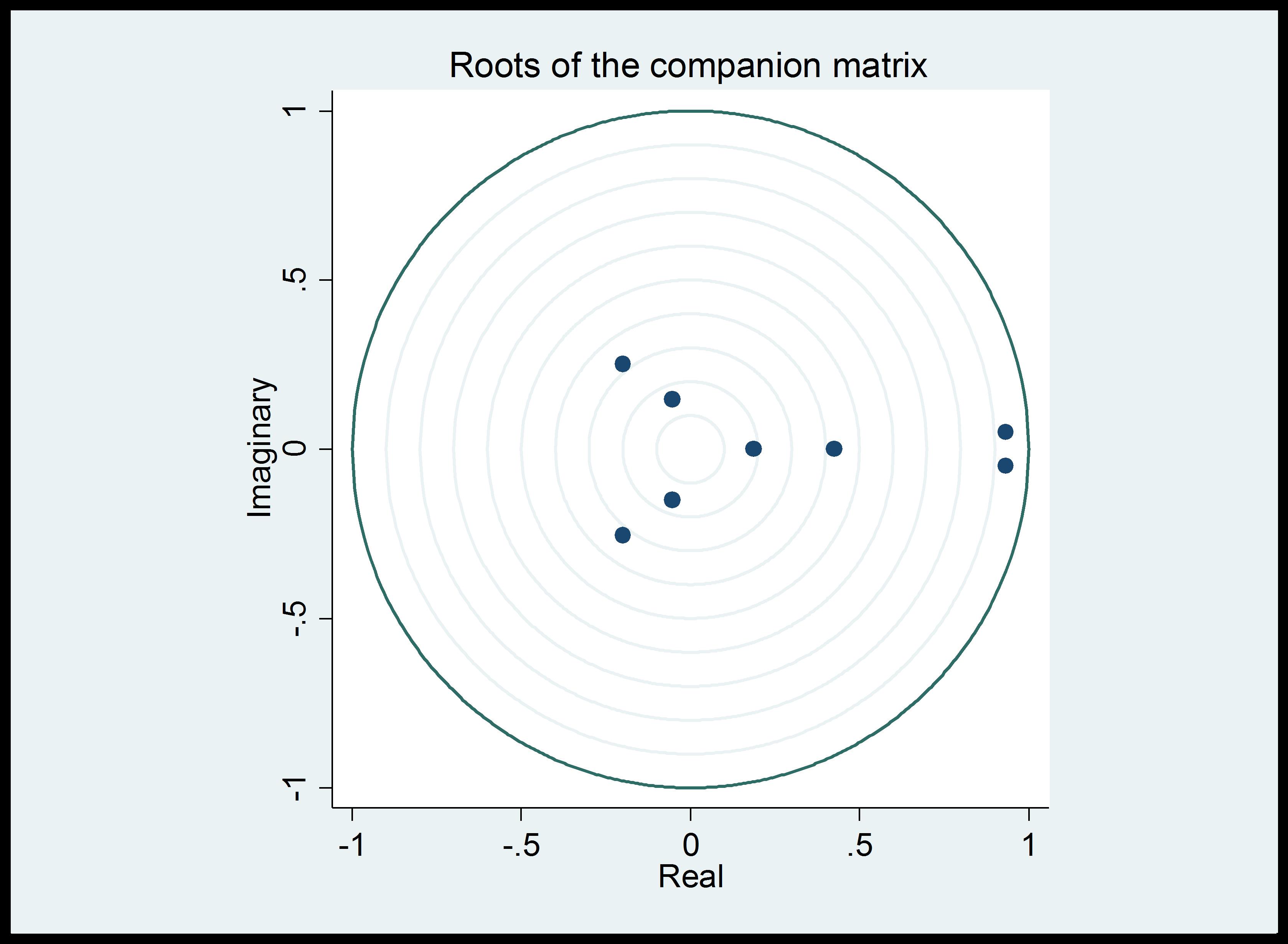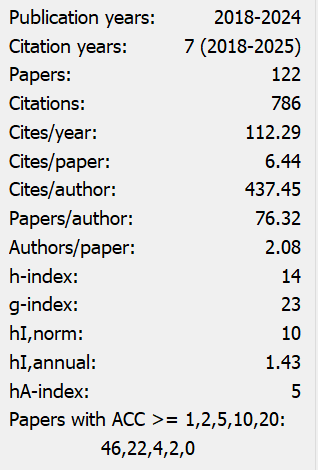The Relationship Between External Debt, Economic Growth, Unemployment and National Expenditure in Viet Nam
A Vector Autoregressive Model Approach
Abstract
The article examines the relationship between external debt, economic growth, unemployment and national expenditure in Viet Nam between 1987 and 2016. We found that the influence of a variable on other variables varies in the short run. We found that there are directional relationships between GDP and external debt and GDP and national expenditure. We also found that there are directional relationships between unemployment and external debt, GDP, and national expenditure. Results addressed directional relationships between national expenditure and external debt and GDP. There are two co-integrations among variables. In order to sustain macroeconomic stability in Viet Nam, fiscal policy should be re-examined to meet large development needs and monetary policy should be tightened to reduce credit growth. Specifically, external debt should be effectively managed by the government because an increase in external debt leads to a decrease in GDP and a growth of unemployment. Moreover, GDP should be facilitated to reduce unemployment in the economy. Lastly, unemployment needs to be controlled because it generates a boom of national expenditure and vice versa.


This work is licensed under a Creative Commons Attribution 4.0 International License.
Copyright for this article is retained by the author(s), with first publication rights granted to the journal.
This is an open-access article distributed under the terms and conditions of the Creative Commons Attribution license (http://creativecommons.org/licenses/by/4.0/).


























